Shipping a semi-trailer is not a task that can be approached lightly. As a manufacturer, understanding the intricacies of transportation costs is pivotal for ensuring competitiveness while maintaining profitability. This guide delves deep into the factors influencing the cost to ship a semi-trailer, providing you with a detailed roadmap to navigate this complex area.
Understanding the Basics of Semi-Trailer Shipping Costs
Shipping costs for semi-trailers can vary significantly based on a multitude of factors. Here’s a breakdown:
1. Distance
The distance between the origin and destination is the most straightforward cost factor. Shipping costs typically rise with the increase in distance. The cost per mile can significantly drop for longer distances due to economies of scale, but the initial fixed costs will always be a factor.
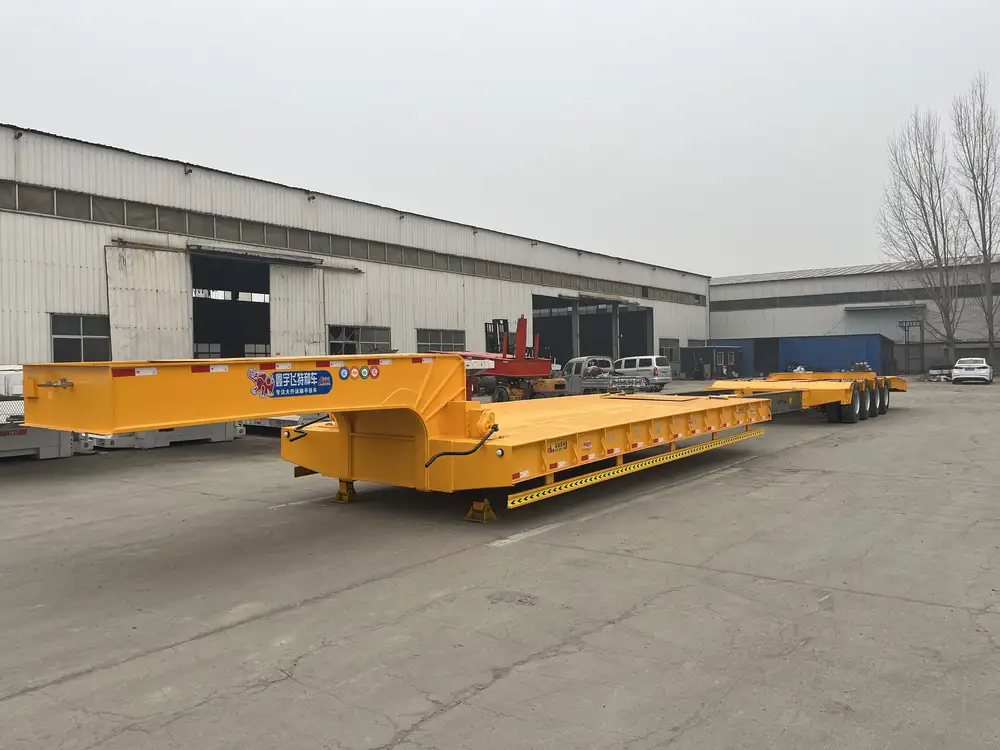
2. Type of Semi-Trailer
Different types of semi-trailers incur different shipping costs. Here’s a quick comparison:
| Semi-Trailer Type | Weight (Approx.) | Cost Range (Per Mile) |
|---|---|---|
| Flatbed Trailer | 5,000 – 40,000 lbs | $1.00 – $2.50 |
| Dry Van Trailer | 10,000 – 45,000 lbs | $1.50 – $2.70 |
| Refrigerated Trailer | 10,000 – 45,000 lbs | $1.75 – $3.00 |
| Tanker Trailer | 10,000 – 45,000 lbs | $1.50 – $3.00 |
Each type requires specialized equipment and handling upon shipping, adjusting costs accordingly.
3. Weight and Dimensions
An obvious yet critical aspect to consider is the weight and dimensions of the trailer. Heavier and larger semi-trailers generally cost more to ship. Transportation companies often levy fees based on weight-class categories.
4. Shipping Method
The chosen shipping method can drastically change costs. Options include:
- Standard Freight: The most common method, optimal for budget-friendly shipping.
- Specialized Heavy Haul: Necessary for oversized trailers, this method tends to be the most expensive due to additional permits and specialized equipment.
- Intermodal Shipping: Utilizes multiple forms of transport (trucks, trains) and can provide cost savings for long hauls.

5. Insurance and Liability
Opting for insurance is a wise choice to mitigate risks associated with shipping. This can add an extra 1-5% of the total shipping costs, but the protection it offers against potential damages or loss can outweigh this initial cost.
6. Seasonality and Demand
During peak shipping seasons, such as harvest time, prices may spike due to increased demand for shipping services. Keeping an eye on market trends and aligning your shipping schedules can lead to cost savings.
Detailed Breakdown of Costs Involved in Shipping a Semi-Trailer
Grappling with the complexities of shipping costs requires an understanding of the various components that contribute to the total expenditure. Here are significant cost areas to consider:
| Cost Component | Description |
|---|---|
| Base Rate | The initial charge for the transportation, usually charged per mile. |
| Fuel Surcharges | Adjustments based on current fuel prices. Commonly calculated as a percentage of the base rate. |
| Tolls and Fees | Additional expenses incurred for road use, particularly on interstate highways or toll bridges. |
| Loading/Unloading Fees | Costs associated with the time taken to load and unload the trailer, which may vary based on location and accessibility. |
| Permits | Necessary permits for oversized or overweight loads. Costs vary by state. |
| Broker Fees | If using a freight broker, expect to pay a percentage of the total shipping cost as a facilitation fee. |
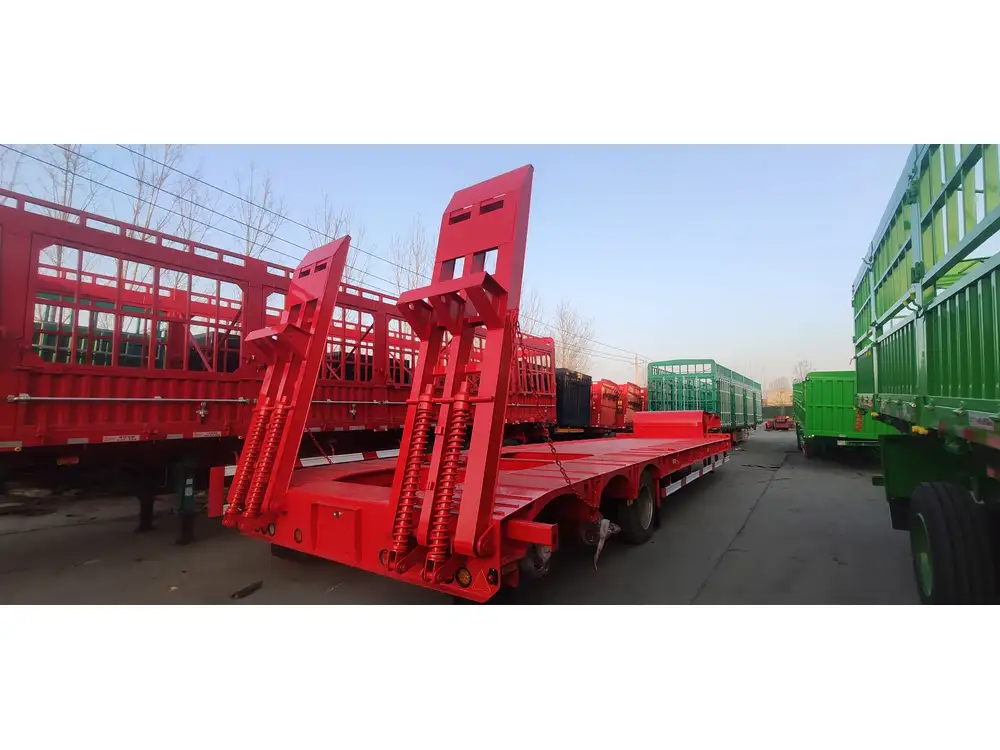
Estimating Total Shipping Costs
To better understand how these elements combine, we can formulate an example for clarity:
Scenario: Shipping a Flatbed Trailer from Dallas, TX to Denver, CO (Approx. 800 miles)
- Base Rate: $2.00 per mile * 800 miles = $1,600
- Fuel Surcharge (5%): $1,600 * 0.05 = $80
- Tolls and Fees: $100
- Loading/Unloading Fees: $150
- Permits: $50 (if applicable)
- Broker Fees (10%): $1,600 * 0.10 = $160
Total Estimated Cost: $1,600 + $80 + $100 + $150 + $50 + $160 = $2,140
This example highlights the various cost factors and provides a framework for estimating shipping costs based on your specific circumstances.
Factors Affecting the Shipping Market
Certain larger trends can impact shipping costs and logistics.
1. Economic Climate
The state of the economy greatly influences shipping costs. Economic downturns may lead to reduced freight volumes, causing prices to drop. Conversely, thriving economic periods can spur demand and raise prices.
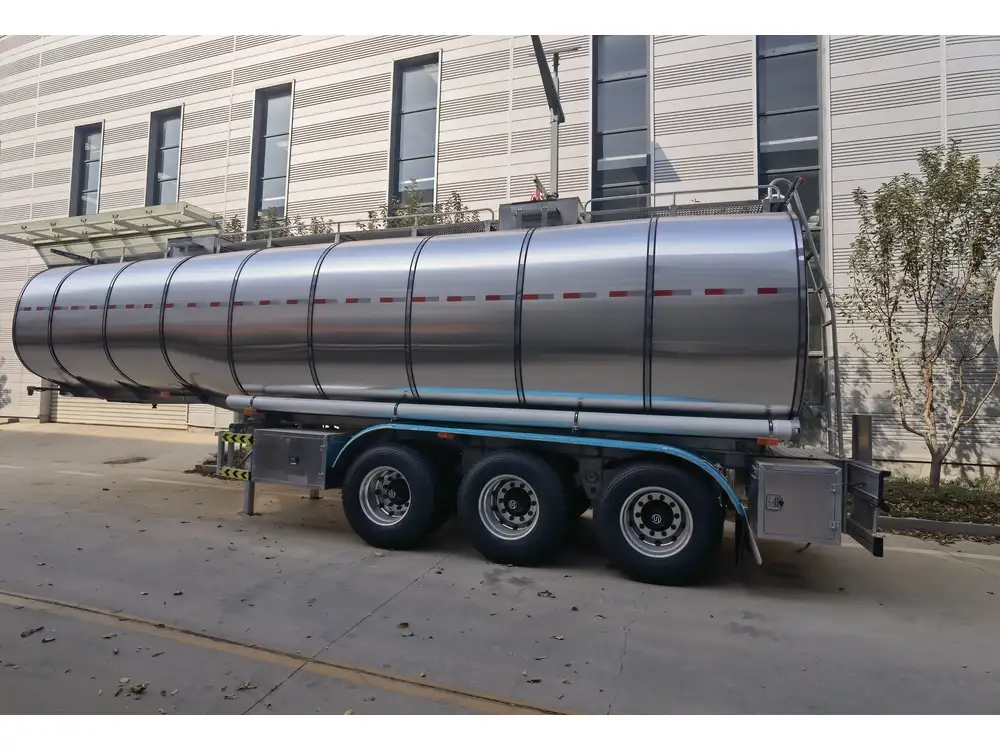
2. Regulatory Changes
Changes in transportation regulations can alter shipping costs significantly. Whether it’s stricter emissions standards or changes in freight insurance requirements, manufacturers must stay updated to avoid surprises that may impact budgeting.
3. Technological Advancements
The emergence of advanced logistics technologies (e.g., GPS, IoT devices) has changed how companies manage shipping costs and track loads. The optimization of routes and decreased manual work can lessen costs in the long run.
4. Infrastructure Development
Investments in infrastructure can ease transportation bottlenecks, thereby positively affecting shipping costs. Manufacturers should keep an eye on regional developments to gauge their long-term impact on logistics strategies.
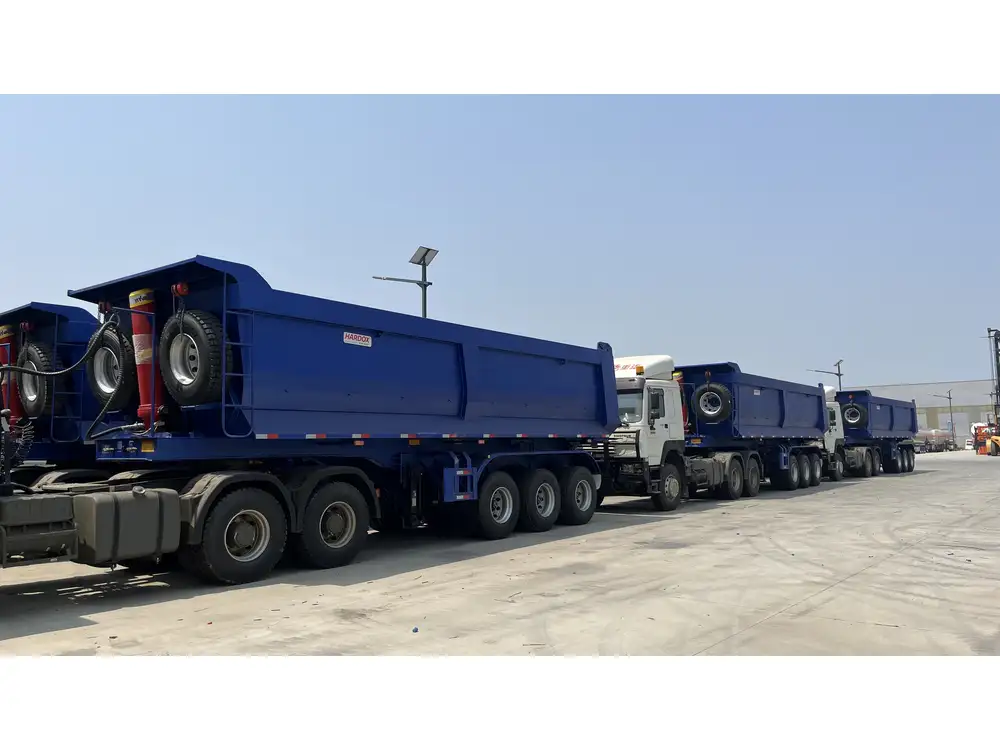
Frequently Asked Questions (FAQs)
How do I choose a reliable shipping company?
When selecting a shipping company, consider their reputation, customer reviews, insurance coverage, experience with similar shipments, and pricing. It’s advisable to obtain quotes from multiple companies for comparisons.
Are there ways to reduce shipping costs?
Yes, planning shipments during off-peak seasons, negotiating rates with transporters, and assessing different shipping methods can help minimize costs.

What’s the best time to ship a semi-trailer?
The best time to ship varies; however, late fall and winter are typically less busy than spring and summer peak seasons.
How much notice do I need to give before shipping a semi-trailer?
Ideally, you should give at least 1-2 weeks’ notice, especially if you require specialized equipment or permits.
Can I track my shipment?
Most professional shipping companies offer tracking services, allowing you to monitor the status of your semi-trailer in real time.
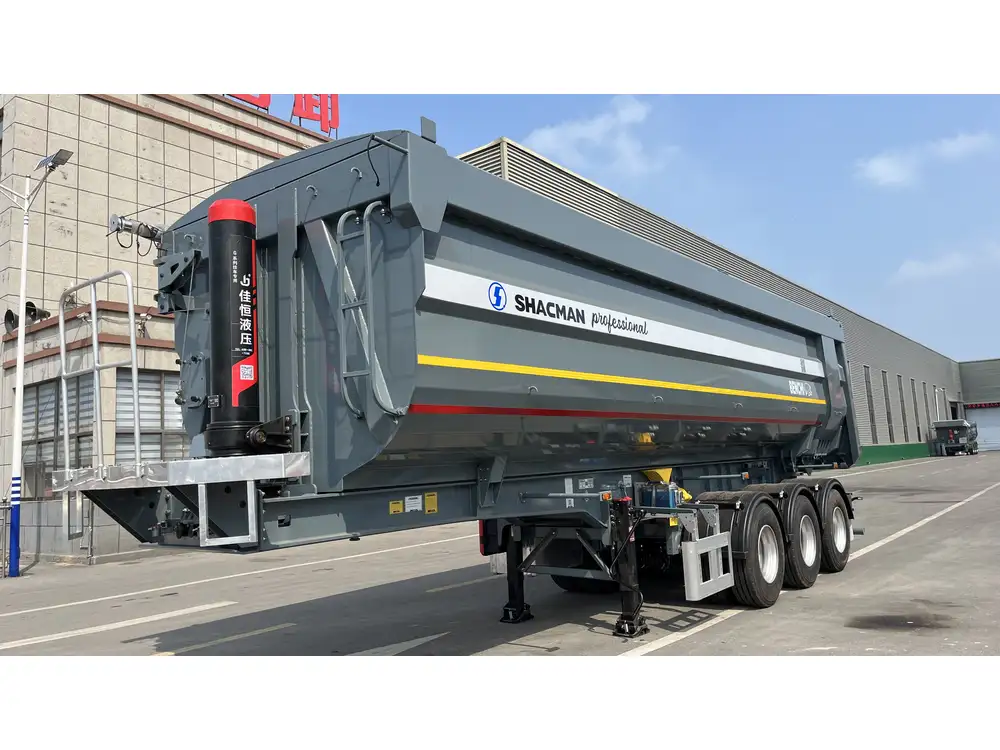
What happens if my trailer gets damaged during shipping?
If you opted for insurance, you can file a claim with your insurance provider. It’s crucial to thoroughly document the condition of your trailer before shipping to support your claim.
Conclusion: Navigating the Landscape of Semi-Trailer Shipping Costs
In summary, understanding the various dynamics of shipping semi-trailers is essential for manufacturers. The complexity amplifies when accounting for distance, trailer type, weight, shipping method, and additional costs. By being proactive in cost estimation and understanding the market, companies can not only enhance their competitiveness but also ensure a smoother operation.
A keen grasp of shipping costs, coupled with smart logistical planning, positions manufacturers to strategically capitalize on opportunities while mitigating challenges. Continuous assessment and adjustment of shipping strategies will ultimately lead to improved efficiency and profitability in operations. By arming yourself with this knowledge, you can effectively navigate the waters of semi-trailer shipping with confidence.



